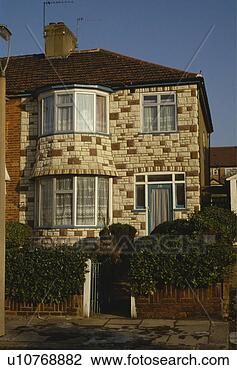Why do i see all these victorian era houses painted in red at the bottom.
Fair enough point that the bricks used were different types or cheap but why used bloody red paint on a brick when it could have been painted the same colour as on the pebbledash/ or left as a natural brick colour.
Am i the only one who has noticed this, or is it a norm around the country.Some people in my area have even painted the above pebbledash in cream and the bricks in black....Inputs please.
see this.
View media item 76669
Fair enough point that the bricks used were different types or cheap but why used bloody red paint on a brick when it could have been painted the same colour as on the pebbledash/ or left as a natural brick colour.
Am i the only one who has noticed this, or is it a norm around the country.Some people in my area have even painted the above pebbledash in cream and the bricks in black....Inputs please.
see this.
View media item 76669



